Background
On 17 December 2024, the High Court Division (HCD) of the Supreme Court of Bangladesh (SCOB) delivered a historic judgment regarding the Constitution (Fifteenth Amendment) Act, 2011 (Act No. XIV of 2011). The 15th Amendment removed the Non-Party Caretaker Government (NPCG) system for conducting general elections and made numerous other constitutional changes. This write-up analyses the core issues of the case from an academic perspective.
Issues of the case
There were many contentious points in this case. For the present write-up, I will focus on the following: (1) whether the basic structure doctrine is applicable; (2) whether the removal of the NPCG is unconstitutional; (3) whether the removal of the mandatory requirement of referendum to amend certain provisions of the Constitution is ultra vires; and (4) whether the whole 15th Amendment Act is unconstitutional. The HCD’s findings on locus standi (pp 3—6) or other issues that are perhaps equally important to the readers have not been addressed in the present piece.
Submissions made by the learned advocates
The petitioners submitted that the amendment should be repealed as it undermined the basic structure of the Constitution. In Mr Sharif Bhuiyan’s view, the NPCG system had evolved into a key safeguard of free and fair elections, reflecting the people’s sovereignty under Article 7 (pp 39—40), and by repealing the system without a proper replacement, the parliament destabilised the democratic process. The advocates also focused on Article 142’s referendum requirement for altering fundamental principles and argued that the amendment suffered from serious procedural flaws. They criticised Articles 7A and 7B to be undemocratic and excessively rigid, 7A for its overly expansive scope that unduly restricts speech and thought, and 7B for disabling the amendment power of future parliaments (pp 88—105).
The reintroduction of secularism despite Islam remaining the state religion (pp 126—127), and the identification of all citizens as ‘Bengali’ under Article 6 (pp 117—119) were challenged by the petitioners to be ideologically inconsistent and exclusionary. It was also emphasised that the 13th Amendment had been struck down prospectively and that Act No. XIV of 2011 ignored the Appellate Division’s (AD) short order of 10 May 2011, which allowed two further elections under the caretaker model. Furthermore, they viewed the mandatory display of Sheikh Mujibur Rahman’s portrait under Article 4A as an idealistic imposition rather than a neutral administrative provision (pp 117, 130—133).
Court’s decision and operative orders
The HCD confirmed its jurisdiction and full power to review constitutional amendments, including the authority to strike down provisions that violate the basic structure of the Constitution. It also declared that it can review the 15th Amendment on its merits, independent from the 13th Amendment review that is pending.
In partially allowing the petitions, the Court declared several provisions of the Act No. XIV of 2011 to be unconstitutional. These included sections 20 and 21 that abolished the NPCG system, section 7 that inserted Articles 7A and 7B, and section 18, so far as it introduced Article 44(2). The Court also held that section 42, by which the parliament had repealed the referendum system under Article 142(1A), was void. These orders restored Article 142 as framed in the 12th Amendment, kept the NPCG system, repealed Articles 7A, 7B, etc. (pp 136—139). The 15th Amendment Act was not declared void as a whole.
The ‘Basic Structure’ doctrine
This case reaffirmed the basic structure doctrine, a legal doctrine that entails that the Constitution of a sovereign state has certain elements that cannot be erased even by its legislature. It cited Article 7(1) on the sovereignty of the people and Article 7(2), which nullifies any law inconsistent with the Constitution. Applying the basic structure principle, the Court found the provisions mentioned above unconstitutional. The judgment drew on Kesavananda Bharati v State of Kerala, AIR 1973, and the 8th Amendment case of Bangladesh, where the AD of SCOB confirmed that the parliament’s power under Article 142 has certain limitations (p 87).
Citing Article 152, which defines ‘law’ to include Acts of Parliament, the Court ruled that any amendment contradicting basic constitutional principles is also void under Article 7(2). The Supreme Court is empowered to judicially review, as it is the ultimate interpreter of the Constitution.
Non-Party Caretaker Government (NPCG): will of the people and the consequences of its removal
The HCD, in the present case, restored the NPCG system, making it a significant reaffirmation of democracy within the framework of Bangladesh’s constitutional jurisprudence (pp 137—138). The Court emphasised that electoral legitimacy does not stem solely from procedural formalities. The electorate’s genuine ability to choose their representatives in an environment that is neutral, free, and fair should matter the most (pp 73—74). This view is firmly rooted in Article 11’s commitment to democracy and the rule of law, and Article 119, which entrusts the Election Commission with the responsibility of conducting credible elections.
Farah Mahbub, J, noted that in the 13th Amendment case, the AD declared the caretaker system unconstitutional but allowed it to operate for two more parliamentary elections, directing the parliament to use that period to create a credible alternative. However, the 15th Amendment repealed the system outright without any replacement, disregarding the earlier order and weakening judicial authority. Referring to the political movements of 1990 and 1996, the Court considered free, fair, and neutral elections as a settled matter in Bangladesh’s democratic development. The present court tied the caretaker system directly to the people’s will, treating it as part of democracy itself and held that without a neutral election-time government, the executive could dominate the process and weaken sovereignty under Article 7 (pp 33—34, 71—77).
Article 142(1A): referendum safeguard
The Court further reestablished Article 142(1A) of the Constitution. This Article works as a safeguard and requires a national referendum for any amendment affecting core provisions such as the Preamble, Articles 8, 48, 56, and 142. It held that removing this safeguard undermined the procedural integrity of constitutional amendments. This way, the Court reinforced participatory democracy, which ensures citizens’ right to have a direct voice in this matter (pp 84—86, 137).
Matters left to the parliament
The Court’s refusal to remove secularism from the Constitution was equally noteworthy, especially as a few advocates raised concerns about its coexistence with Article 2A in this case. Article 12 establishes secularism as a fundamental principle of state policy. However, the judgment offers no reasoned merits discussion on secularism. Instead, the Court explicitly leaves ‘all other impugned’ amendments, including changes to the Preamble, to be dealt with by future parliaments. This omission, along with the heavy reliance on counsel’s submissions on this matter, suggests the HCD avoided adjudicating a ‘polarising’ question. From an academic perspective, this seems like a missed opportunity to reconcile the two principles (pp 126—127, 133—139).
Public response and further criticism
Public response to the ruling was largely positive, as the decision was viewed as a return to the democratic ideals of the 1990s and a rebalancing of power between the parliament and the people. However, there were some dissenting opinions. For example, Barrister Nazir Ahmed opined that the issue of NPCG is still not fully resolved, as the review of the 13th Amendment case is still pending. Electoral Reform Commission member Dr. Zahed Ur Rahman cited the General Clauses Act of 1897 and stated that cancellation of an amendment does not automatically revive the prior text. It has to be reincorporated into the Constitution. Critics also questioned the Court’s decision to strike down Articles 7A and 7B in their entirety.
Even so, these concerns should be read against what the Court actually did. It did not discard the entire 15th Amendment Act but targeted only specific provisions with stated reasons as discussed above. In that light, it can be said that the basic-structure review works more like a limited safeguard and not as a free range of exercisable power.
Conclusion
Taken as a whole, it is evident that the HCD targeted resolving only certain parts of the 15th Amendment Act in its judgment. It set aside the decision to repeal NPCG, restored the referendum mechanism under Article 142(1A), and struck down Articles 7A and 7B. I would argue that the outcome of this case aligns with ICCPR Article 25 on genuine periodic elections and Article 18 on freedom of conscience. It also aligns with the 1972 Constitution’s commitment to popular sovereignty and religious neutrality. On the other hand, it avoided certain hard points on secularism, identity, and the 5th, 6th, and 7th schedules. The parliament should legislate a neutral election-time framework that is structurally insulated from the executive, places real control with the Election Commission, and guarantees fast, usable remedies. The Court should step in only on clear violations and give adequate reasons when it does. This approach may preserve the balance between judicial and legislative roles, keeping Bangladesh’s constitutional practice aligned with contemporary international norms.
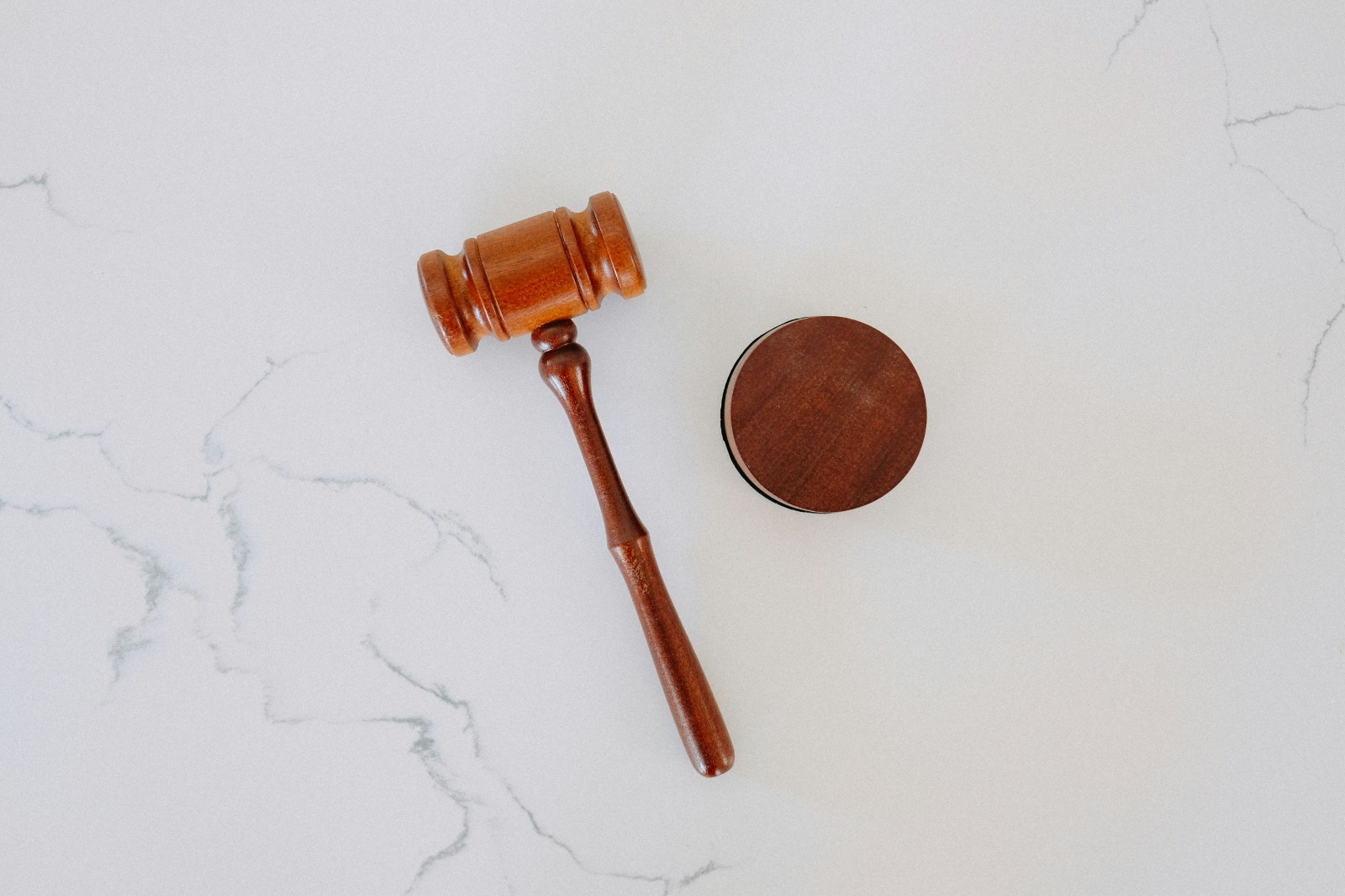
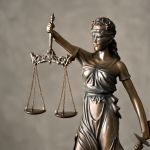

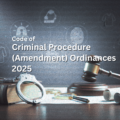

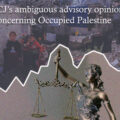
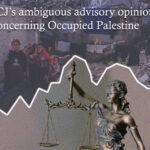







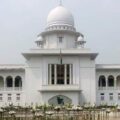

No Comments
Leave a comment Cancel